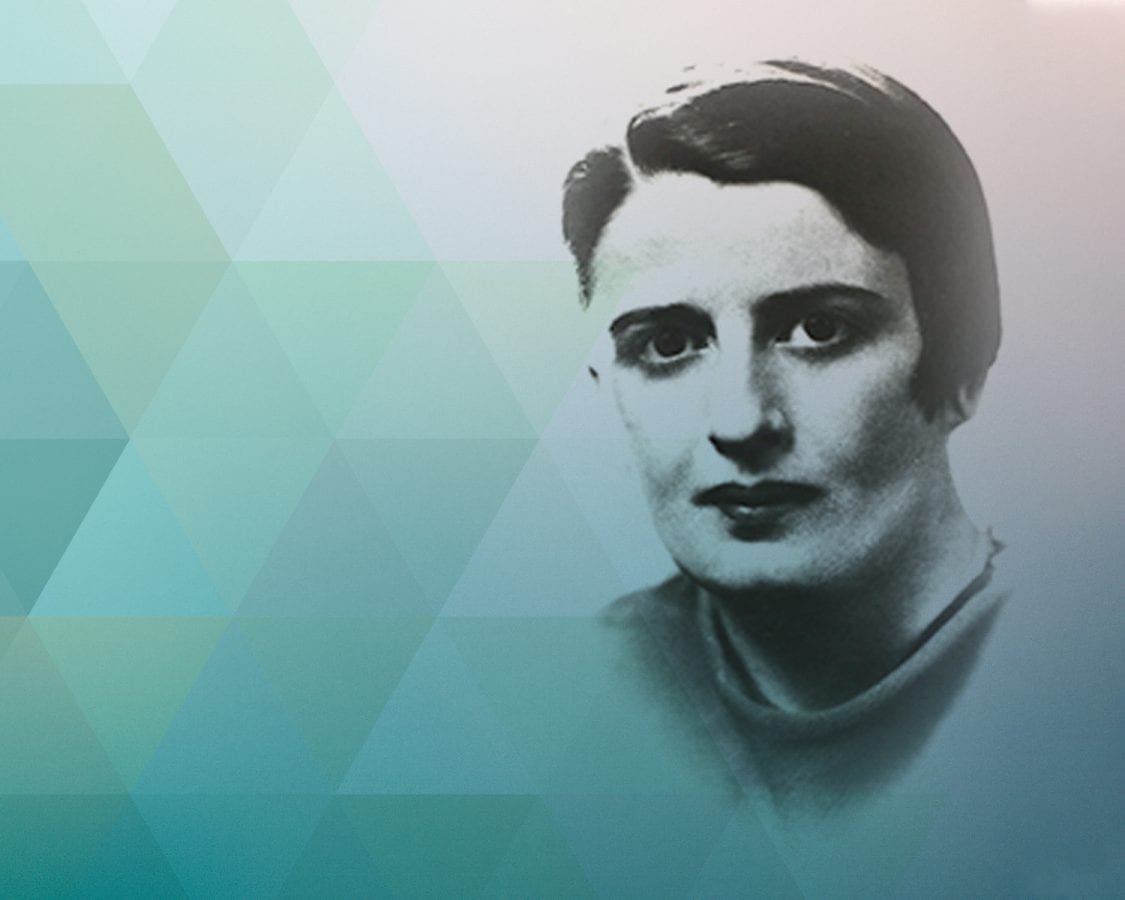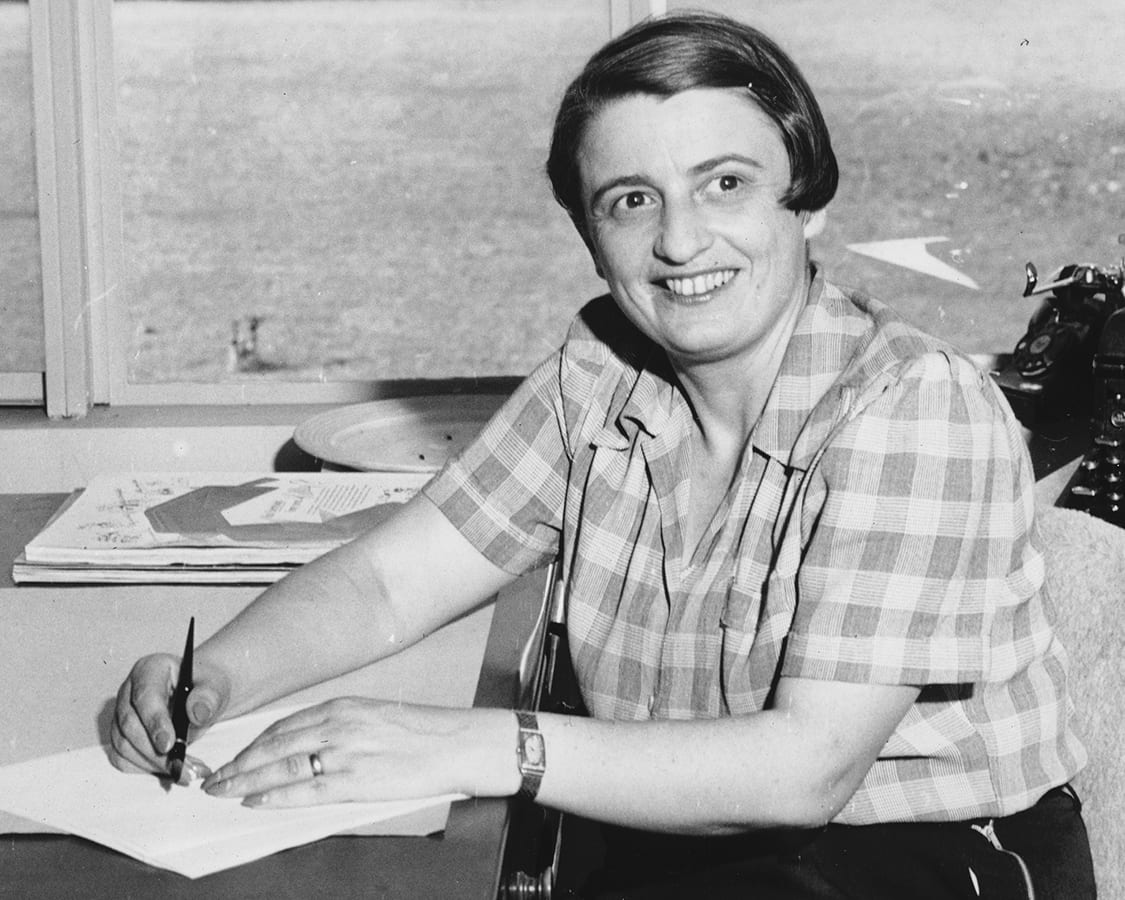This essay was originally published in the March 1966 issue of The Objectivist and later anthologized in The Romantic Manifesto (1969 and 1971).
If one saw, in real life, a beautiful woman wearing an exquisite evening gown, with a cold sore on her lips, the blemish would mean nothing but a minor affliction, and one would ignore it.
But a painting of such a woman would be a corrupt, obscenely vicious attack on man, on beauty, on all values — and one would experience a feeling of immense disgust and indignation at the artist. (There are also those who would feel something like approval and who would belong to the same moral category as the artist.)
The emotional response to that painting would be instantaneous, much faster than the viewer’s mind could identify all the reasons involved. The psychological mechanism which produces that response (and which produced the painting) is a man’s sense of life.
(A sense of life is a pre-conceptual equivalent of metaphysics, an emotional, subconsciously integrated appraisal of man and of existence.)
Per our agreement with publishers, to make room for other Ayn Rand non-fiction content, this essay has been temporarily removed, but will return in due course.
About the Author
Ayn Rand
Ayn Rand created and defined her philosophy, Objectivism, in the pages of her best-selling novels, particularly The Fountainhead and Atlas Shrugged, and in a series of nonfiction books that address a wide range of fundamental issues in philosophy.
Born Alisa Rosenbaum in Tsarist St. Petersburg in 1905, Rand witnessed the Russian Revolution as a teenager and promptly condemned communism as immoral for sacrificing the individual to the collective. In 1926, shortly after graduating from the University of Leningrad, she fled to America, adopting the pen name Ayn Rand to shield her family from possible persecution once her anti-communism became well known.
In Hollywood, she wrote scenarios for famous director Cecil B. DeMille and met her future husband on a movie set, but the couple struggled financially for years. Then came a string of writing successes: a Broadway play, followed by her first novel, We the Living (1936), then a novella called Anthem (1938), and later her first best seller, the story of a fiercely independent architect named Howard Roark in The Fountainhead (1943). All these works of fiction feature gripping stories and exalted, egoistic, this-worldly heroes.
In writing Atlas Shrugged (1957) — the story of a man who said he would stop the motor of the world, and did — Rand had to define fully her new philosophy of reason, rational self-interest, and laissez-faire capitalism.
Thereafter, and until her death in 1982, Rand amplified and explicated her “philosophy for living on earth” in a stream of books whose theoretical essays and cultural commentaries cover important topics across the five major branches of philosophy: metaphysics, epistemology, ethics, politics and esthetics.






